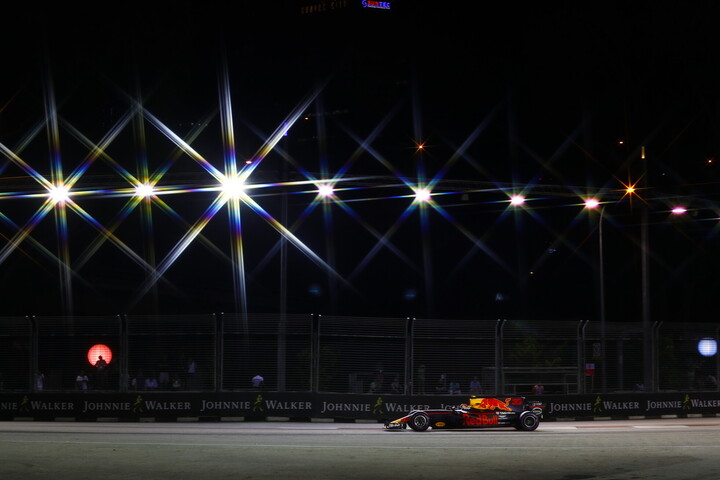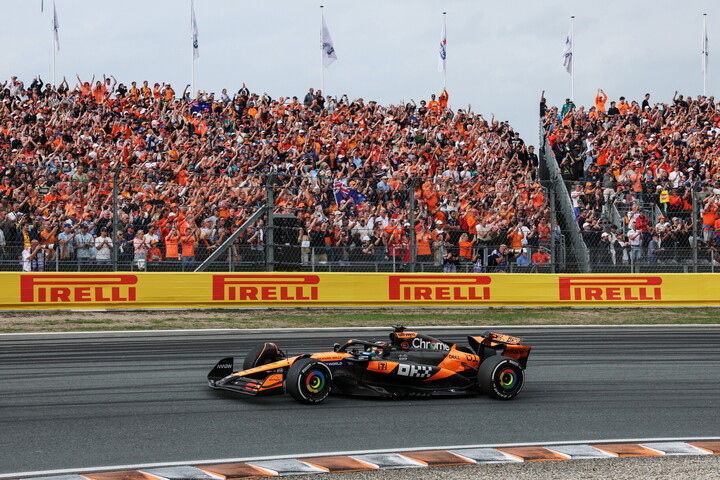Formula One: visiting new venues

Mexico was the sixth new venue to appear on a Formula One calendar in the last five years, with a fascinating story behind each one. All these circuits have varied hugely in terms of character, difficulty and their reasons for being.
Formula One is a living organism, so to evolve the calendar can't stay still. New countries come into Formula One, and for those without any existing suitable facilities, a new circuit has to be created.
A good example of this is the Baku circuit in Azerbaijan: due to host a grand prix next year for the very first time. With motorsport being a new concept to Azerbaijan, the options were to build a circuit from scratch or design a street circuit. A brand new circuit will cost around $500 million, needing to comply with all the stringent safety criteria laid down by the FIA. A street circuit is not necessarily much cheaper, due to all the temporary infrastructure that has to be brought in, and fees that need to be paid to the host city.
As well as building a new circuit or creating a street circuit, a third possibility for new countries is to remodel an existing venue. This is what happened with Mexico this year and the Red Bull Ring in 2014.
Mexico used to be famous for the Peraltada: a long banked right-hander that was so bumpy, former grand prix driver Johnny Herbert said: “you needed new teeth by the end of it.”
Under the circuit's new guise, the Peraltada has now been chopped in half, as there was not enough run-off in the original circuit to guarantee safety: always the biggest challenge when it comes to reworking an existing venue, which is often much-loved in its historic format.
Circuit architects – the most famous of whom is Hermann Tilke – are faced with a tricky compromise in these instances between retaining a circuit's traditional character and complying with the requirements of modern Formula One.
When they get it right, this can work well. The Red Bull Ring was previously known as Zeltweg, Osterreichring and the A1 Ring, but the feel of the lap is still exactly the same now: fast and swooping, like an overgrown go-kart track.
These days, new circuits are designed with the public in mind just as much as the drivers. A good location, and plenty of opportunity to see overtaking is essential. In 2012, the Circuit of the Americas was built on the outskirts of Austin on land originally earmarked for a housing estate. Thanks to dramatic elevation changes, there is always good viewing on a track layout that copies the best bits of other circuits all over the world.
Another important factor is nearby local facilities, so a new circuit will always try to take advantage of existing infrastructure. Having hosted the Winter Olympics in February 2014, Sochi was left with a massive Olympic Park that turned out to be perfect for a grand prix, with an international airport as well as plenty of top hotels nearby. Russia was the last brand new purpose-built facility to join the F1® calendar, but new venues are often quite tricky from a tyre perspective, because of all the oils that tend to rise to the surface and make the track slippery.
Some new venues have fallen by the wayside, which is usually the result of finance and politics. A New Jersey street circuit appeared on the Formula One calendar for 2013, as part of Bernie Ecclestone's dream to create a grand prix with a New York skyline. It was to be twinned with Canada in June, making a North American double-header, and the plan was to have a track a bit like Monaco but with much higher average speeds. A series of delays meant that it never happened.
The Indian Grand Prix – this time, a purpose-built track near Delhi – did happen, but only for three years from 2011-2013. The problem was essentially one of promotion: Formula One was ready for India, but India wasn't quite ready for Formula One. A pity, as the track itself was pretty good: there were some sections that were similar to Spa (four million tonnes of earth were moved to create a few hills) and nearly all the drivers described it as an excellent challenge. There's still hope that one day it will be back.




